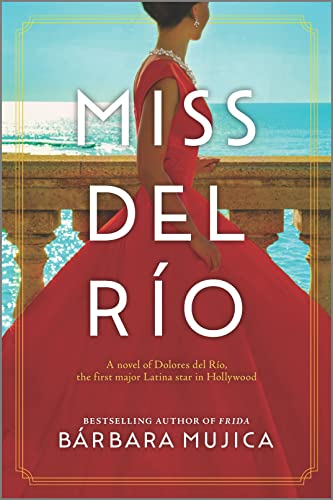Miss del Río
Stories of two different but equally engaging women intertwine in Mujica’s superb historical novel portraying the life of film star Dolores del Río and her fictional childhood companion, Mara. As the tale opens in Mexico in 1910, young, impoverished Mara escapes the Mexican Revolution and finds refuge in Los Angeles. The wealthier del Río also escapes violence in Mexico and eventually gets to Hollywood. Years later, the women meet again. Del Río, unhappily married and childless, begins to act in silent movies. Her career thrives, either despite or because of her supposedly exotic looks. She divorces her husband and attracts a series of other men, including Orson Welles. We learn about del Río’s struggles from stories relayed by Mara, who has become a hairdresser for the glamorous del Río. Mara marries and raises four daughters, while leading an unpretentious life. Mara’s curiosity about her parentage forms the underlying mystery.
Mujica sets her novel against the backdrop of events: world wars, the Great Depression, the switch from silent movies to talkies, a polio epidemic, fear of Communism, discrimination against immigrants and gay people, the development of Mexican cinema. Stars such as Greta Garbo and Charlie Chaplin, along with intriguing details about their lives, march across the pages. To frame the story, Mujica expertly conveys the friendship between the two protagonists, paying attention to their individual experiences and their complex relationship as they come together at critical points. Readers will appreciate Mujica’s descriptions, and in particular her imagined dialog about del Río’s Bird of Paradise dance sequence and will be tempted to check it out online. With the single exception of Mujica’s short sex scene between del Río and Welles, Mujica writes with extraordinary talent.










